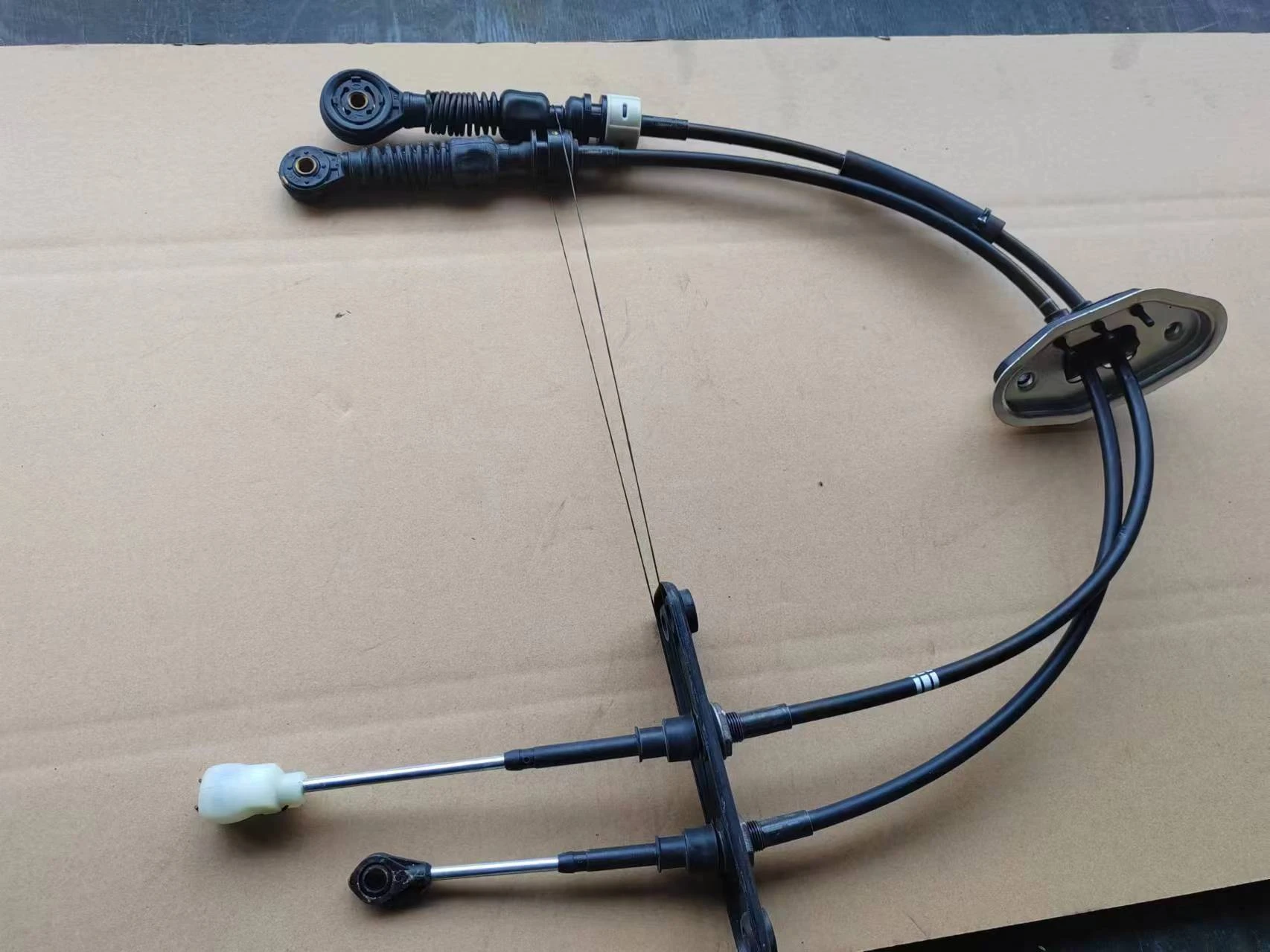Cost of Replacing New Handbrake Cables for Your Vehicle
The Cost of New Handbrake Cables A Comprehensive Guide
When it comes to maintaining your vehicle, the handbrake is often overlooked. However, a functioning handbrake is crucial for safety and control, especially when parking on inclines. Over time, the handbrake cable can wear out or become damaged, necessitating a replacement. This article explores the factors influencing the cost of new handbrake cables, what to consider when replacing them, and tips for keeping your vehicle in optimal condition.
Factors Influencing the Cost
1. Type of Vehicle The make and model of your car significantly impacts the cost of handbrake cables. Luxury vehicles or specific models might require proprietary parts, which can be more expensive than those for standard vehicles. It’s important to consult your vehicle’s manual or a trusted mechanic to identify the right part.
2. Quality of Parts Handbrake cables are available in various qualities. OEM (Original Equipment Manufacturer) parts tend to be pricier but offer guaranteed compatibility and durability. In contrast, aftermarket parts might be less expensive but vary widely in quality. Investing in a reliable product can save you money in the long run by reducing the frequency of replacements.
3. Labor Costs If you’re not a DIY enthusiast, hiring a mechanic can add to your total costs. Labor rates can vary depending on your location, the complexity of the installation, and the mechanic’s experience. On average, you might pay between $50 and $100 for labor, but this could be higher in urban areas.
Cost Estimates
For most vehicles, the cost of a new handbrake cable ranges from $30 to $150 for the part itself. When combined with labor, the total cost can be anywhere from $80 to $300. It’s advisable to get quotes from multiple mechanics to ensure you’re getting a fair price.
new handbrake cable cost

Importance of Replacement
A malfunctioning handbrake can pose serious safety risks, such as rolling away when parked. Regular inspection of the handbrake system is essential, particularly if you notice signs like a slack cable or difficulty engaging the brake. Ignoring these issues may lead to more severe problems and higher repair costs.
Tips for Maintenance
1. Regular Inspections Periodically check your handbrake system, especially if your vehicle is older. Look for any fraying, rust, or wear in the cables and components.
2. Professional Maintenance During regular vehicle servicing, have a mechanic inspect the handbrake. This proactive approach can help identify potential problems before they escalate.
3. Safe Parking Practices Always engage the handbrake when parking. This practice not only maintains the cable’s functionality but also enhances safety.
Conclusion
Replacing a handbrake cable is an investment in your vehicle’s performance and safety. While the costs can vary based on various factors, prioritizing quality and professional installation can ensure your handbrake functions correctly for years to come. By remaining vigilant about maintenance and addressing issues promptly, you can keep your vehicle in excellent condition while avoiding unnecessary expenses.
-
Workings of Clutch Pipe and Hose SystemsNewsJun.04,2025
-
The Inner Workings of Hand Brake Cable SystemsNewsJun.04,2025
-
The Secrets of Throttle and Accelerator CablesNewsJun.04,2025
-
The Hidden Lifeline of Your Transmission Gear Shift CablesNewsJun.04,2025
-
Demystifying Gear Cables and Shift LinkagesNewsJun.04,2025
-
Decoding Clutch Line Systems A Comprehensive GuideNewsJun.04,2025
